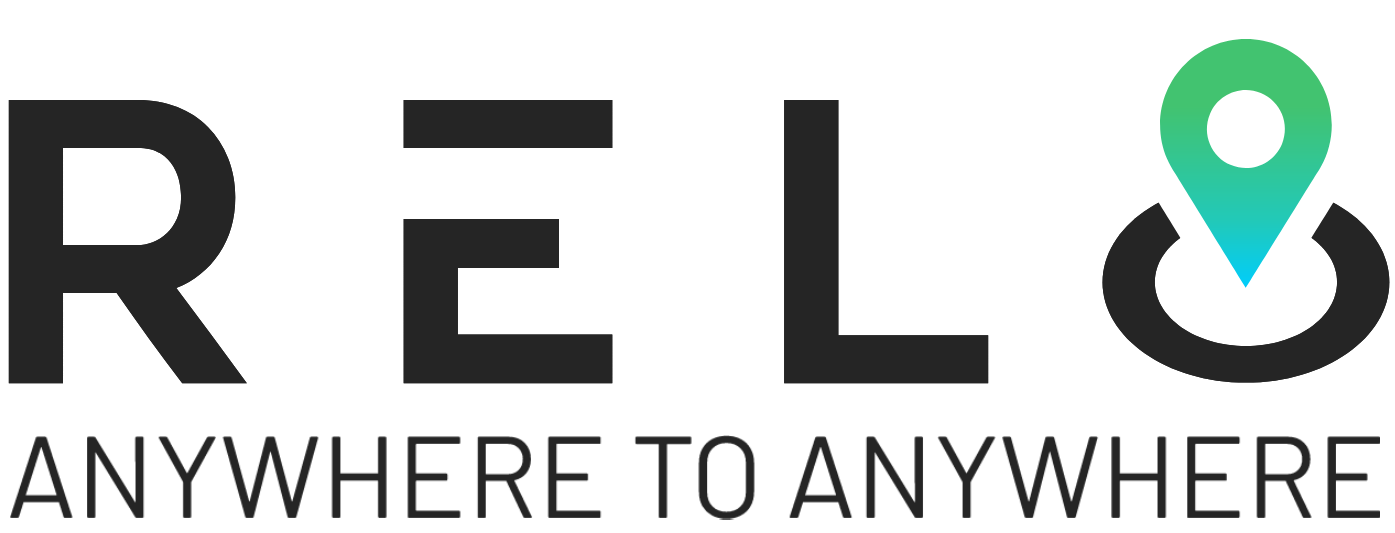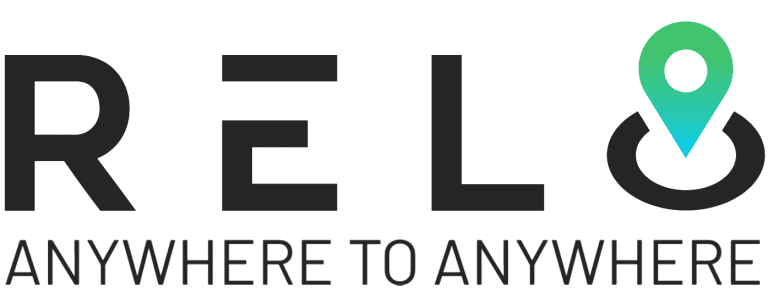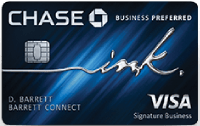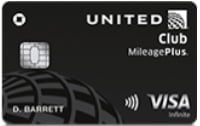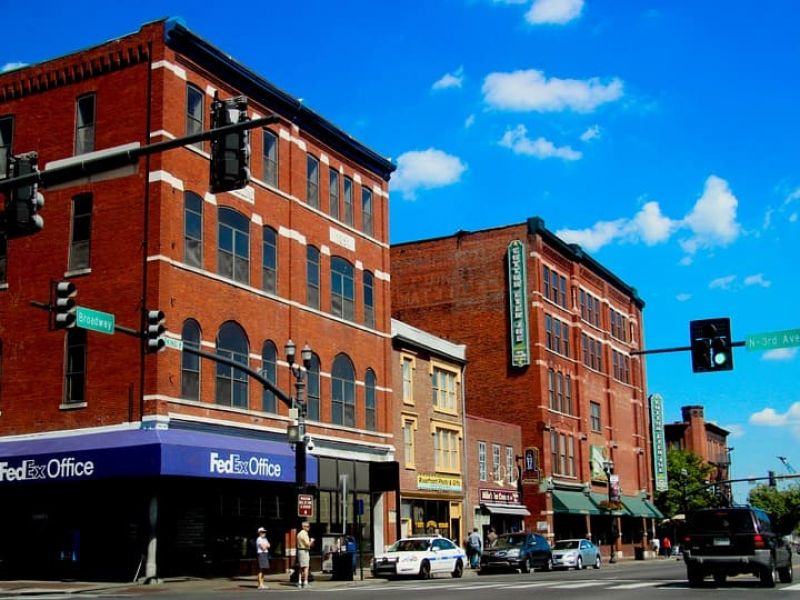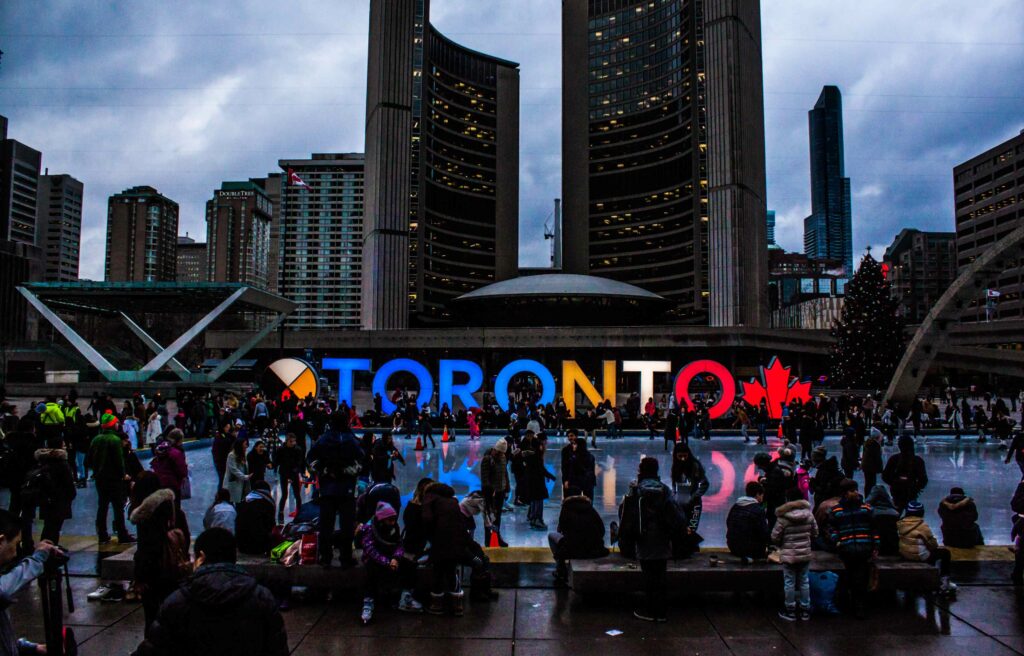It may seem strange to think about how comfortable it was to travel in the “golden age” of travel, but once upon a time, people often called the upper level of an airplane a “coach.”
It sounds heavenly if you’ve never flown upgrading to business class. That certainly sounds heavenly.
Airlines continue improving the economy class on long flights to help passengers endure the most discomfort possible. Still, they’ve also enhanced the seats passengers walk by when they arrive at their cramped economy seats.
Watching a movie or putting on your headphones while relaxing is a great way to relieve the discomfort of flying in economy class. If you plan to fly in upgrading to business class, it may be more expensive to buy a more expensive seat than you need.

Since the 1960s, there has been only one way to get more seats on a long-haul flight: to upgrade to business class. More and more airlines are offering a new level of comfort for long-haul flights that they refer to as premium economy (or a name that is unique to that airline).
More people are flying on planes that offer seats at different price points and offer more benefits. If an airline offers more seats on their short-haul flights, it sounds great in theory, but it’s important to know what passengers can expect in a class like the premium economy or upgrading to business class. We’ll look at business and premium economy seats to help you determine which is best for you.
Read our next article: Make Disneyland in Summer 2023 Magical: Tips and Tricks for a Stress-Free Adventure
What does the premium economy get you?
Premium-economy seats, American Airlines, and Delta Air Lines are often available on international flights.
One significant benefit of traveling in a premium economy has more legroom. Standard seats in premium economy are small compared to chairs in economy class – so you shouldn’t expect to have more space than a standard economy seat.
Space is a massive benefit of premium economy seating; it’s as though you’re sitting a bit closer to your fellow passengers than you would in the economy. Most seats have a large armrest between you and the person sitting next to you (or even behind you). It means that even if you have to move around a lot, you can still sit comfortably. There’s usually enough room between you and the person next to you to reach the next aisle. It can help you avoid having someone knock on your arm when they sit down to talk.
You’ll have more legroom in premium economy, too. You’ll probably not bump into someone in a premium economy, but your chances of hitting someone are meager. You won’t have to fight for your seat (though there’ll always be a few passengers who try to force you out of your heart).
Premium economy cabins offer passengers the option to have their meals upgraded. It is an option that is available in nearly all premium economy cabins.
As the worst of the influenza pandemic seems to be over, airlines offer premium economy seats on more flights.
It’s wise to set reasonable expectations about the premium economy. These are simply lovely amenities that airlines offer to passengers. Some airlines provide first-serve passengers with a hot meal on long flights. Many carriers offer the same meals in both business class and premium economy.
During a typical flight, only a few seats are available in premium economy, so you won’t be able to have multiple courses of food or use unique dishes. However, food in premium economy cabins should be better than what’s offered in Economy Class (if there is one).
Airlines usually offer passengers a second meal or snack before landing on long flights, though they rarely offer any other type of food during that time.
It’s unlikely that all the benefits of the premium economy will change your travel plans, but it’s nice to enjoy them. Airlines offer priority boarding and check-in procedures but rarely provide a free, private lounge.
Premium economy perks include a more giant checked bag for your bags and more miles for those who pay for their flight. Booking premium economy will give you an essential pillow and blanket.
The price gap between premium economy and business class
Adding some extra legroom to your next trip is expensive. Travelers have sometimes gotten deals like this, but the price difference between economy, premium, and upgrading to business class fares is some of the greatest we’ve seen in quite some time.
Some airlines charge up to 60% more to move to the premium economy than the economy. Sometimes, you may spend as much as 75% more to move up to business class. Sometimes, you can earn up to 100% more points on a ticket than you would earn if you booked directly with the airline or through a travel agent.
It costs at least 75% more to sit in business class than it costs to sit in premium economy on many long-haul flights. Some popular routes can make it as expensive as paying more than double to upgrade to business class.
We looked at ticket prices to Europe, such as London and Paris, from U.S. cities like New York and Washington. Economy class prices are around $600, although some routes are more expensive.
Economy-class fares range from $500 to $800 round-trip—premium class fares range from $1,100 to $1,600. Business tickets are as cheap as $2,600 round-trip (or less) if you book a flight with one of the more popular routing options.
If a flight to Europe involves traveling in premium economy or business class, use a credit card that earns points when you book airfare.
American Express Platinum Card recommendations 5 points per dollar spent on airline tickets when booked with an airline or through a travel agency, up to $500,000 per calendar year. In addition, with the new travel credit card promotion, you will earn 4 points per dollar spent on travel purchases during the first two days of each month.
Is it advisable to upgrade?

By today’s standards, purchasing an upgrade to premium economy or business class on your next international flight can be expensive. Therefore, there are a few essential factors to consider when deciding whether to upgrade. The length and timing of your flight should be primary considerations.
If you’re taking a long-haul flight, especially an overnight one, you’ll benefit significantly from extra space. Business class may be the better option for a comfortable night’s sleep, but the price can be steep. On the other pointer, if you’re taking a short red-eye flight from New York to Iceland, paying a premium for business class may not be worth it.
The cost of upgrading should also be a critical consideration. Paying double the expense of an economy ticket for marginally better food and slightly more legroom can significantly impact your travel budget.
Another critical factor to consider is whether there’s a more cost-effective way to upgrade. Some airlines, such as Hawaiian Airlines, offer bidding options for premium cabin upgrades. Additionally, you can use airline miles to upgrade to premium economy or business class more affordably than paying in cash.
Upgrading to premium economy or business class is typically more reasonable on longer flights. The price difference doesn’t vary much based on flight length, so you’ll get the best value for your money on long-haul flights to Europe, Asia, and South America.
